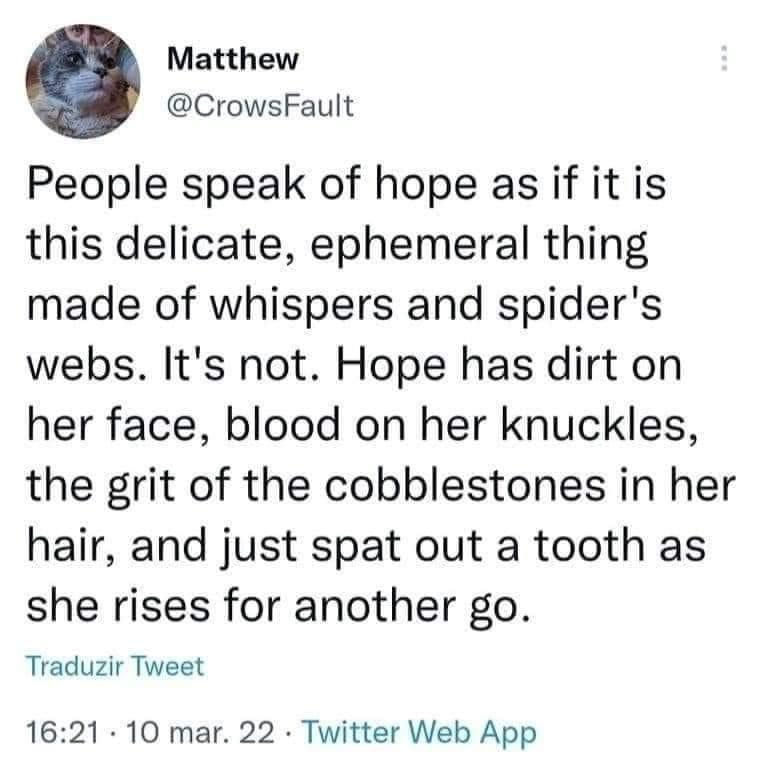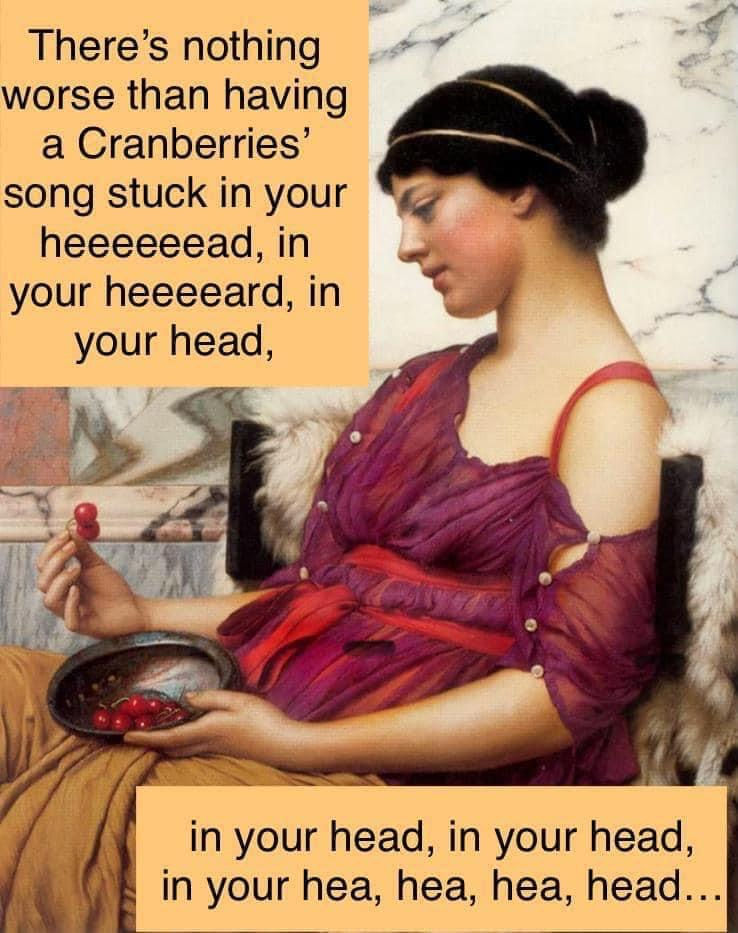The pain IS in your head. It is Neurophysiological
- Pieta Ruck Keene
- Jul 23
- 4 min read

Descartes has a lot to answer for. He was the philosopher that decided that the thinking mind is completely different and separate from the acting body. This means that when someone tells your pain is generated in your head, you feel let down. You know that your pain is real. You know that you’re not making it up. And you aren’t. Your pain is generated in your nervous system; the relay system from your brain to your body and back again. Your pain is neurophysiological.
There are many brain based mechanisms that entrench persistent pain in the body. This blog post is about somatotopic maps or mental maps.
Our brain houses a series of maps that create a sense of our body.
Here is an image of our S1 touch map (found in the postcentral gyrus of the parietal lobes). You can see that the lips are very large this means that they have a high number of touch receptors, the trunk is relatively small and thus has fewer receptors and a lower sensitivity to touch.
Here is a map of the regions devoted to voluntary motor control. The hands are largest again and the torso is pretty small by comparison.
The body parts that are essential to our survival and human-ness are the largest. There are more brain cells and more rapid messaging of brain cells for these body parts. Our brain also has auditory, taste and olfactory maps (this picture shows the primary and secondary auditory cortexes). These maps combined with experience, knowledge, memory and emotions help us to create meaning. They can also create persistent pain.
How do somatotopic maps reinforce pain messaging?
An area that is in pain takes up a whole lot of cortical real estate. It has increased activity of brain cells messaging and increased speed of neuron firing too. Its representation in your mind will be larger than other peoples'. It may get to a point where pain becomes a habit. Neurons will keep firing and protection mechanisms will stay in place even after the injury has healed.
Amputees
This is the case with amputees who complain of pain in their absent limb. Their limb still has space in their mental map and the neurons are still firing even after the limb has gone. They get relief through mirror box training. This is where a mirror is placed on the midline of the body to create the reflected image of a whole person. Massage and gentle movement are applied to the non affected limb but the brain registers that relief has been given to the pain site and dials down its pain messaging.
Spreading Pain
This also happens with the progression of persistent pain. Someone may have started with a small pain in the elbow but it has enlarged and spread down to the wrist and then the thumb. The elbow pain has taken up so much space in their mental map that the distribution of neurons has changed and spread into neighbouring space. Researchers have used virtual reality to simulate the movements of the unaffected limb on the affected side to counteract this effect.
Referred Pain
Our mental maps also help to explain referred pain. Some body parts have low spatial acuity, there is not much representation in the mind. It is much harder to precisely identify pain in one’s heart than in the thumb. Sometimes our sense is so unclear that boundaries blur and pain is deferred to a neighbouring area. This is why shoulder, arm or neck pain can actually be a sign of a heart attack. The body will signal pain because it stops us and compels us to seek help. The precise location may be less important.
How to Retrain Your Somatotopic Maps
This is why it is important to develop a strong, detailed representation of your body and of your pain. By practicing a daily body scan you provide your mental maps with actual information. This helps to stop the mental short cut of pain.
The same goes for your pain. When you feel your pain breathe into it and try to precisely locate it, know it’s size and shape. Massage or rub it, gently mobilise it.
Imagery Training
Your pain requires neural rewiring. Mirror box training and virtual reality are two methods that aim to give the brain visual evidence of an absence of pain. Imagery training is a less expensive and more convenient alternative. Imagine the pain both in your body and your brain. Give them a location, a temperature, a colour, size and shape. Every time you notice your pain, shrink them. It may take a month before you notice an effect. I encourage you to persevere.
It might be easier to start by listening to this meditation three times a week. The goal is to see if you can reduce your pain even for a minute. If you can manage a minute then it means that your pain is not permanent and fixed. There is potential for change.

While writing this blog post an ear worm has stayed with me throughout. Let me share it with you 😈

Your pain IS in your head and you haven't made it up. It is neurophysiological 🧠
Xx
P














Comments